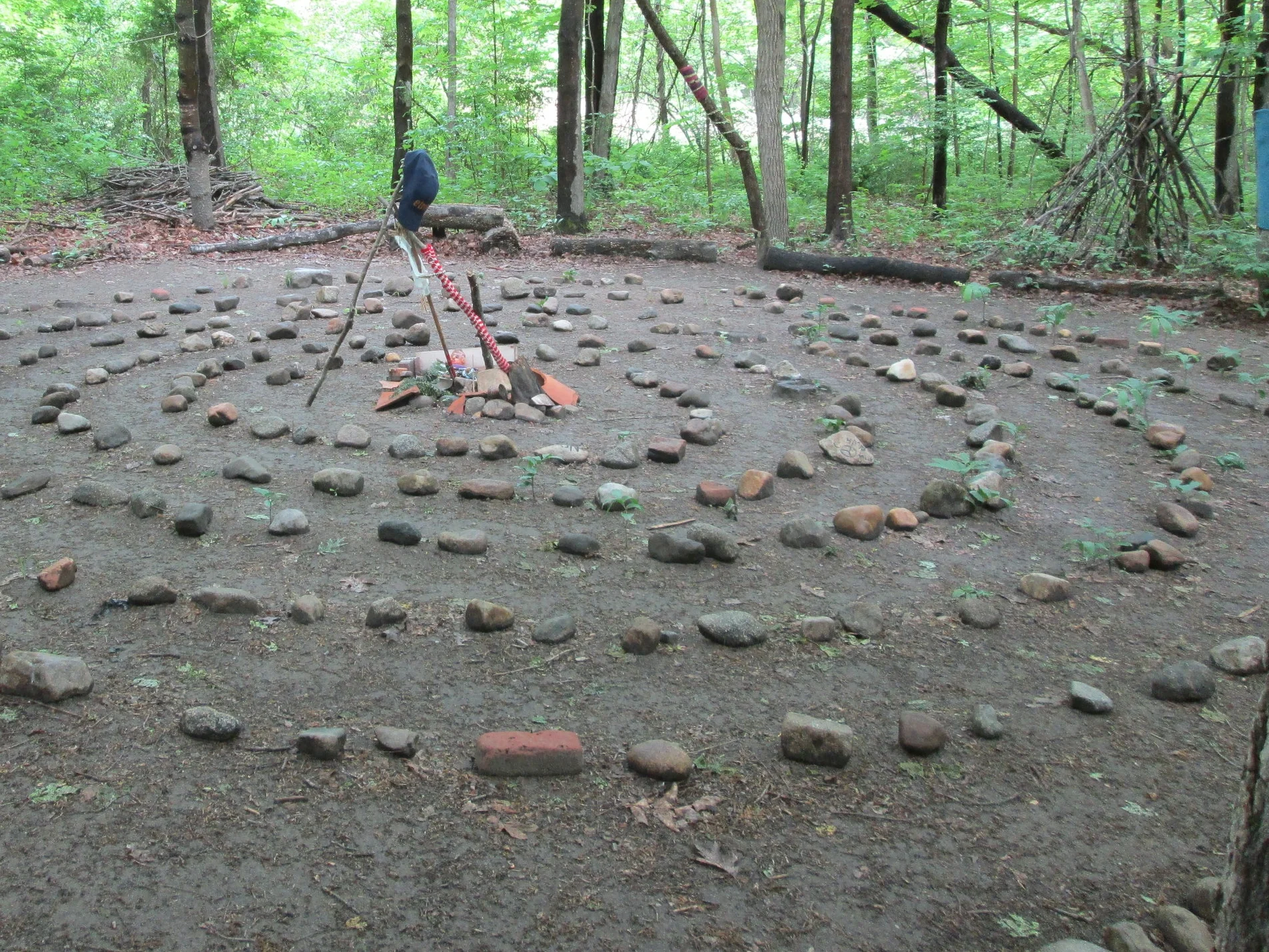Shopping
/Last newsletter I told you about our graduations and celebrations. All the festivities are past and now I am parenting two more adult children with financial independence. I have another parental balance to maintain that I didn’t anticipate: shopping with them for furniture and home accessories. I could be in heaven, except for the fact that they are not me. So I write as a successful and potentially meddling parent, finding balance between the old sage and the excited shopper with a fresh slate.
Shopping with a purpose is very different than browsing for a find. Browsing can come from a place of emotion as much as purpose. Often it comes as looking for something to do.Browsing can result in ideas for things we never knew we wanted. With purpose, you know where to focus: stores, budget, on-line shopping and/or comparisons, styles, and finishes.
With my daughter Corrie, we are looking for this focus, and have not yet found a central theme to decorate her new home. We are shopping for inspiration by looking at a variety of places in-store and on-line. A starting point is that she is drawn to dark gray in the kitchen and dining room.
With my son, Gray, however, he has a clear approach and we quickly moved to purchasing logistics. His needs are furniture selection for his first apartment while Corrie’s is moving from the hand-me-down items to a cohesive balance of style and function.
At the same time, Bud and I are doing a kitchen and floor make-over in our house. Our shopping is different still: we purchased backsplash tile years ago and it served as our inspiration to design the kitchen and floors. Now our buying is very specific, and we are shopping for the best bang for the buck, choosing where to save money as well as where to spend a little more. Every decision is tied together with other decisions. We have a design board, not an inspiration board.
No matter what type of buying we do, it has a layer of emotion, a positive or negative energy level that affects our reactions, and a thought process that goes from approving to buying. When emotion is the strongest driver it is important have a way to think it through. When emotion and thinking are in conflict, impulsiveness results in piles of items in bags, furniture on top of furniture, and no space to examine and use either. At this point, emotional and behavioral issues are important to address.
I must say that I am getting an emotional high shopping so much now. My daughter is the one curbing my impulsiveness to buy. I feel a great difference emotionally when I am looking at things with my husband than I do when I feel guilty and want to hide a purchase that doesn’t meet a real need.
Shopping with purpose doesn’t have to be only on big-ticket or major changes. We develop shopping and buying patterns on items that “only” cost $19.99 or that we think we may use in the future (“it was too big a deal to pass on, and if I don’t use it maybe someone I know will.”)
Asking questions when you are struggling with a decision helps us stop the emotional impulse, take a breath and focus on the bigger picture. Do I have something like this already? Where will I put this and use this when I get home? Can I afford this?
Shopping can be a great barrier to organizing, as we bring in new things regularly that add to clutter and delay organization. If this contributes to your chronic disorganization, let me know and we can process new thoughts and change patterns.
